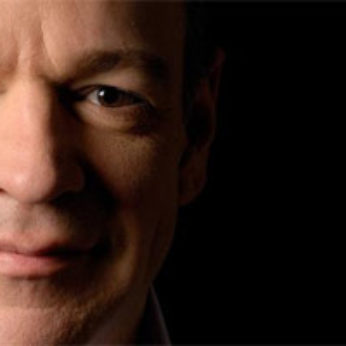Composer: Johann Sebastian Bach (b. 1685 - d. 1750)
Performance date: 01/07/2010
Venue: St. Brendan’s Church
Composition Year: circa1738
Duration: 00:17:42
Recording Engineer: Anton Timoney, RTÉ lyric fm
Instrumentation: 2vn, va, vc
Instrumentation Category:Small Mixed Ensemble
Instrumentation Other: ob, 2vn, va, vc, db, hpd
Artists:
Malcolm Proud -
[harpsichord]
Sarah Halpin -
[double bass]
Sarah McMahon -
[cello]
Rebecca Jones -
[viola]
Mihaela Girardi -
[violin]
Sarah Sexton -
[violin]
Nicolas Daniel -
[oboe]

Although the oboe plays an important part in Bach’s cantatas and
orchestral works, no original solo or chamber music for oboe, with one small
exception, has been handed down to us. Very few of Bach’s works were printed during his lifetime. Most of his
music circulated, if at all, in the form of manuscript copies, and these copies
have survived rather haphazardly from one generation to the next. Determining
the existence of gaps and duplicates, was only possible with the organization
of the first complete edition of Bach’s works, begun in 1850, some one hundred
years after the death of the composer. Twenty three concertos have survived
including the six Brandenburgs, the three violin concertos and the fourteen
concertos featuring the harpsichord as soloist.
It is clear from a variety of sources
that Bach recycled his orchestral movements, the same music reappearing in
different works. It is also clear that the so-called harpsichord concertos
filched their orchestral music from earlier concertos, so the scholars have
done their best to piece together the originals.
BWV1053 is found in the autograph manuscript of the set of seven concertos for
harpsichord. All of the material in the work was also used by Bach in sacred
cantatas. The first movement found use as a Sinfonia in the Cantata BWV169, in
D major, with the solo part taken by the organ. The second movement also found
its way into the same cantata, as an aria for Alto with organ solo. The last
movement is found in cantata BWV49, once again as an opening Sinfonia with
organ solo, this time in E major. The portions of the autograph cantata scores
that contain these movements are relatively error free, and show no signs of
the compositional process, suggesting that they were copied from a pre-existing
source. Joshua Rifkin proposes the key of Eb for his reconstruction for oboe,
based on transposition errors in the autograph score of the E major harpsichord
concerto.
Copyright © 2025 West Cork Music. All rights reserved.
Designed and developed by Matrix Internet